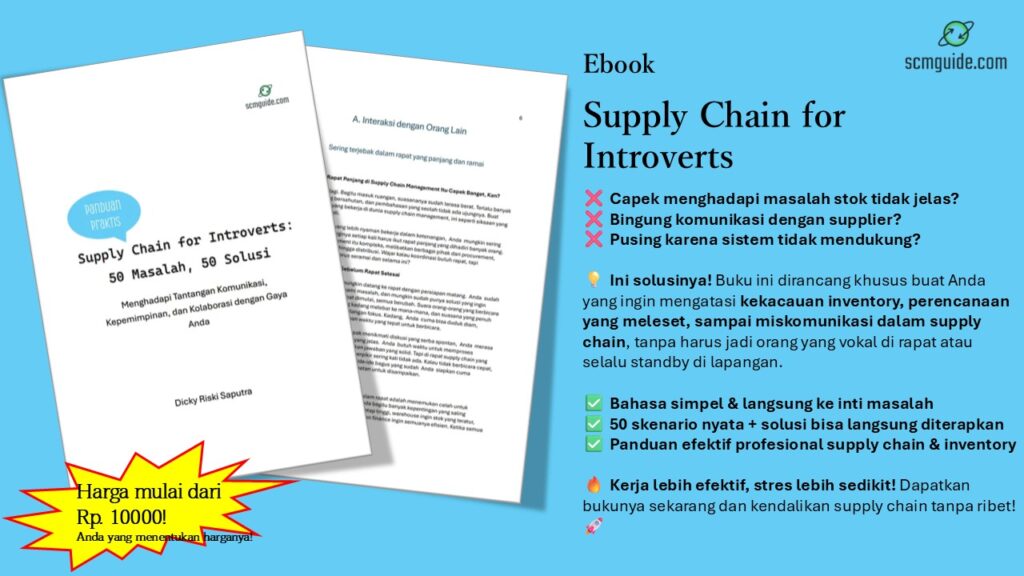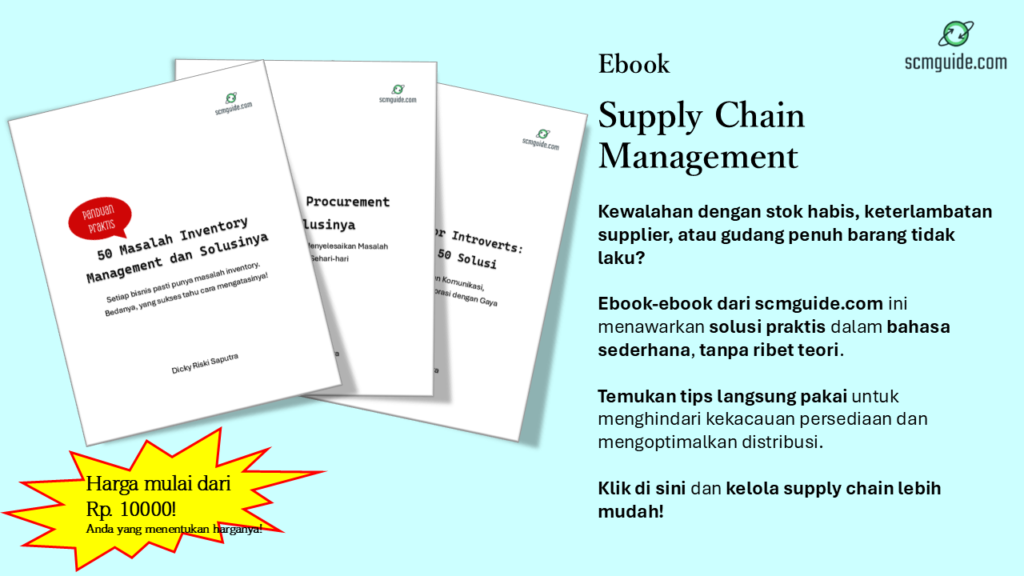You know the feeling. Orders are piling up, customers are demanding faster deliveries, and your suppliers are throwing unexpected delays your way. Managing a supply chain feels like conducting an orchestra where every musician plays at their own tempo. One wrong move and the entire performance falls apart. If you’re struggling to keep up, it’s not just you. Many businesses face the same challenge—balancing costs, efficiency, and customer expectations in an increasingly unpredictable world.
So how do you turn this chaotic juggling act into a well-oiled machine? The answer lies in building a supply chain strategy that doesn’t just react to problems but anticipates and prevents them. This isn’t about fancy jargon or theoretical frameworks that sound great in boardrooms but crumble in real-world execution. This is about crafting a strategy that works for your business, your customers, and your bottom line.
Before we go further into this topic, don’t forget to follow my LinkedIn account. You’ll get more helpful insights on supply chain management there.
Table of Contents
Understanding the Core of Your Supply Chain
Before diving into complex optimization techniques, let’s take a step back. Your supply chain is essentially the backbone of your business. Every product that reaches a customer has traveled through a series of interconnected steps—raw materials, manufacturing, storage, and distribution. If any part of this system is inefficient, everything suffers.
The first step in building an efficient supply chain strategy is to truly understand your existing process. Where are the bottlenecks? Are suppliers consistently late? Do you often run out of stock, or do you have excess inventory sitting idle? These are the pain points that need immediate attention before jumping into automation or cost-cutting measures.
Aligning Your Supply Chain with Business Goals
Not all supply chains are built the same because not all businesses have the same priorities. Are you focused on speed, cost reduction, or flexibility? A company selling perishable goods has vastly different supply chain needs compared to a manufacturer of high-end electronics. Your strategy should align with what your business needs the most.
For companies prioritizing speed, this might mean working with regional suppliers or investing in just-in-time inventory systems. If cost reduction is your goal, then negotiating better terms with suppliers, consolidating shipments, or optimizing warehouse operations should be at the top of your list. If flexibility is key, having multiple sourcing options and a robust contingency plan can help you adapt to disruptions more easily.
You might also like:
- Navigating the Chaos: What to Do When Facing Tariff Uncertainty in Supply Chains
- Invest in Your Supply Chain, Invest in Your Future
Strengthening Supplier Relationships for Long-Term Stability
Your supply chain is only as strong as your weakest supplier. If you’re constantly switching vendors in search of the lowest price, you might be saving in the short term but setting yourself up for long-term instability. A better approach is to build strong relationships with reliable suppliers who can deliver consistently.
Think of it this way: would you rather have a supplier who occasionally offers rock-bottom prices but misses deadlines, or one that offers competitive pricing with guaranteed delivery times? Trust and transparency with suppliers create a win-win situation where they are more likely to prioritize your business when demand spikes or supply shortages hit.
One way to strengthen these relationships is by sharing demand forecasts with suppliers in advance. The more visibility they have into your needs, the better they can prepare, reducing the likelihood of unexpected delays.
Data-Driven Decision Making for Smarter Operations
You can’t fix what you don’t measure. Many businesses make supply chain decisions based on gut feelings rather than data, leading to inefficiencies and missed opportunities. By leveraging data analytics, you can gain deeper insights into everything from demand patterns to supplier performance.
For instance, tracking historical sales data can help you predict which products will be in high demand and when, allowing you to optimize inventory levels. Analyzing transportation costs can reveal hidden inefficiencies, like underutilized trucks or expensive last-minute shipping fees.
With the right tools, you can move from reactive firefighting to proactive decision-making. Modern supply chain management software can provide real-time visibility, allowing you to spot and resolve issues before they become costly problems.
Inventory Optimization Without the Guesswork
Holding too much inventory ties up cash and increases storage costs, while holding too little leads to stockouts and unhappy customers. Finding the right balance is crucial.
One of the most effective ways to optimize inventory is through demand forecasting. By analyzing past trends and market conditions, you can make smarter decisions about how much stock to keep on hand. But forecasting alone isn’t enough. Implementing an inventory replenishment strategy—like setting reorder points based on lead times and sales velocity—ensures that you’re always stocked at the right levels.
Another overlooked aspect of inventory management is warehouse efficiency. The way you organize your warehouse impacts picking and packing times, which in turn affects delivery speed. Simple changes, like placing fast-moving products closer to the shipping area or using barcode scanning for real-time tracking, can significantly improve efficiency.
The Role of Technology in Supply Chain Efficiency
Technology is no longer a luxury—it’s a necessity. Supply chains that rely on manual processes are slow, error-prone, and unable to scale efficiently. The good news is that even small businesses can leverage technology to improve their supply chain operations.
Automation is one of the biggest game-changers. From automated order processing to real-time inventory tracking, technology reduces human error and speeds up operations. Cloud-based supply chain management platforms allow you to monitor and manage your supply chain from anywhere, providing instant access to critical data.
AI and machine learning are also transforming supply chain planning. These technologies can analyze vast amounts of data to predict disruptions, optimize routes, and suggest cost-saving opportunities. While full-scale AI implementation might not be feasible for every business, even small steps—like using AI-driven demand forecasting tools—can make a big difference.
You might also like:
- How Gen Z is Redefining Supply Chain Management
- Unlock the Secrets to Successful Product Launches with a Strong Supply Chain
Agility and Resilience in an Uncertain World
If the past few years have taught us anything, it’s that supply chains need to be prepared for the unexpected. Disruptions—whether from global pandemics, trade restrictions, or natural disasters—can throw even the most well-planned supply chains into chaos.
An efficient supply chain isn’t just lean; it’s resilient. This means having contingency plans in place, diversifying suppliers, and continuously evaluating risks. Businesses that build agility into their supply chains can pivot faster when disruptions occur, minimizing downtime and maintaining service levels.
One way to build resilience is by nearshoring—sourcing materials and products closer to home to reduce dependency on long-distance suppliers. Another is by having alternative suppliers ready to step in if your primary source fails.
Bringing It All Together
Crafting an efficient supply chain strategy isn’t a one-time project—it’s an ongoing process. It requires a deep understanding of your current operations, alignment with your business goals, and a commitment to continuous improvement.
Start by identifying your biggest pain points and addressing them one by one. Strengthen relationships with suppliers, embrace data-driven decision-making, optimize inventory levels, and leverage technology to streamline operations. And most importantly, build flexibility into your supply chain so that when disruptions happen—and they will—you’re ready to adapt.
The businesses that thrive aren’t necessarily the ones with the lowest costs or the fastest delivery times, but the ones that master the balance between efficiency, resilience, and customer satisfaction. Take control of your supply chain today, and turn it from a source of stress into a competitive advantage.
I hope you find it helpful!
Please share this article with your colleagues so they can also benefit. For more insights on supply chain management, follow my LinkedIn account. You’re free to use all articles on this blog for any purpose, even for commercial use, without needing to give credit.

 by
by 

